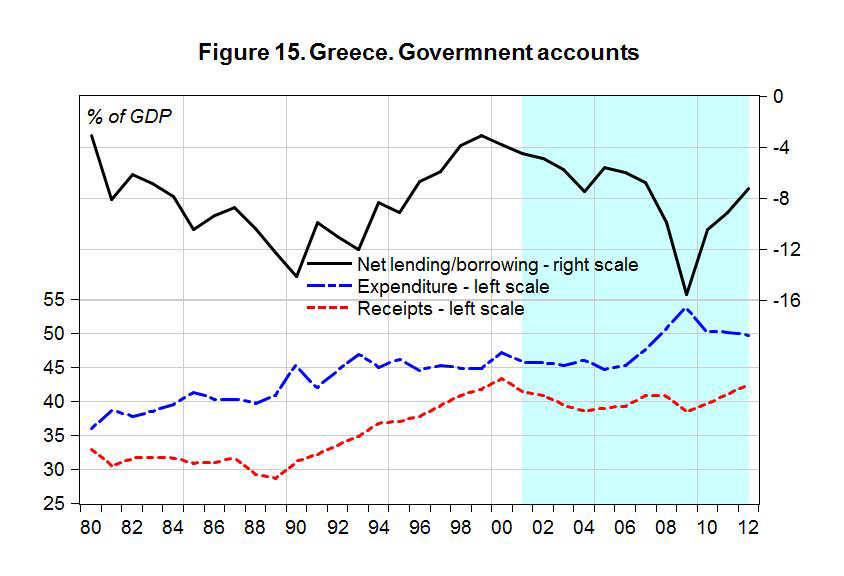Stephanie Kelton on Le Show
Research associate Stephanie Kelton made an appearance on Harry Shearer’s “Le Show” over the weekend. In the interview they managed to cover just about all of the major themes related to the debt and deficit anxiety that commands our civic dialogue (solvency constraints, inflation, interest rates, the gold standard, and so on; all the greatest hits).
Kelton gave a particularly concise response to the claim that we are leaving ourselves at the mercy of China when we run up public debt. Kelton explained that the Chinese are not the main holders of US government debt (not by a long shot), and that their holdings are not some nefarious long-term blackmail setup, but basically a function of China’s export-led growth strategy (this segment begins around the 21:40 mark):
[W]hen the Chinese send us more goods and services than we send them, they end up with US dollars. … So, we get the stuff, and they get the credit to their bank accounts. Now, what they do is they say “we have all these US dollars in our bank account, but they don’t pay us any interest, so why don’t we flip these out of our checking account into our savings account,” which is basically what the US Treasury is to them … They get interest, and because the US government is only promising to pay US dollars, and because it’s the issuer of the US dollar and it can never run out, it can always pay the interest, it can always pay back the principal … So they just keep flipping it back and forth from checking into saving, all the while, they’re toiling away the day in conditions none us would want to be working in, producing things … sending them to us to enjoy. And what do they get in return? They get more credits to their checking account that they flip into their savings account. And we act like they’re winning and we’re losing, and we send convoys of high level government officials over there to tell them to stop allowing us to abuse them this way.
Listen to or download the full podcast here.
Harry Shearer also mentioned Stephanie Kelton’s appearance, and those of several other Levy Insititute scholars, at the “Modern Money and Public Purpose” seminar series organized by the Columbia University law school. Next Tuesday (Nov. 13, conditions permitting) will feature Jan Kregel and John T. Harvey on “Debt, Deficits or Unemployment? Identifying Real Threats to Growth.”





 ShareThis
ShareThis